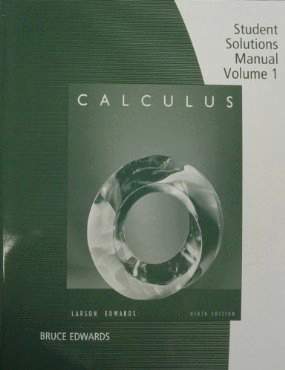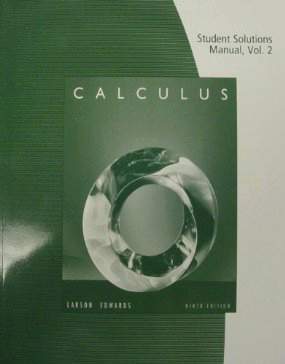Connecting...

This is a quick preview of the lesson. For full access, please Log In or Sign up.
For more information, please see full course syllabus of College Calculus: Level I
For more information, please see full course syllabus of College Calculus: Level I
College Calculus: Level I Related Rates
Lecture Description
In this video we are going to talk about related rates problems. These are problems in which we have various quantities relating to one another, and these various quantities are changing at different rates. We will be able to relate the rates of change of these quantities by differentiating an original relationship with respect to t. So, we will look at a variety of real work situations and investigate these ideas. For these related rates problems, it is usually best to just jump right into some problems and see how they work.
Bookmark & Share
Embed
Share this knowledge with your friends!
Copy & Paste this embed code into your website’s HTML
Please ensure that your website editor is in text mode when you paste the code.(In Wordpress, the mode button is on the top right corner.)
×
Since this lesson is not free, only the preview will appear on your website.
- - Allow users to view the embedded video in full-size.
Next Lecture
Previous Lecture










































 Answer Engine
Answer Engine .
. 





0 answers
Post by Alan Delez on October 4, 2012
A bug is moving along the right side of the parabola y=x^2 at a rate such that its distance from the origin is increasing at 1cm/min. At what rates are the x- and y-coordinates of the bug increasing when the bug is at the point (2,4)?
0 answers
Post by Rebecca Kerns on May 5, 2010
example 4 does not finish, it just starts over when the instructor get to the rate of water.